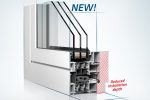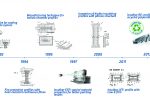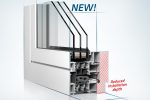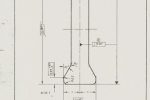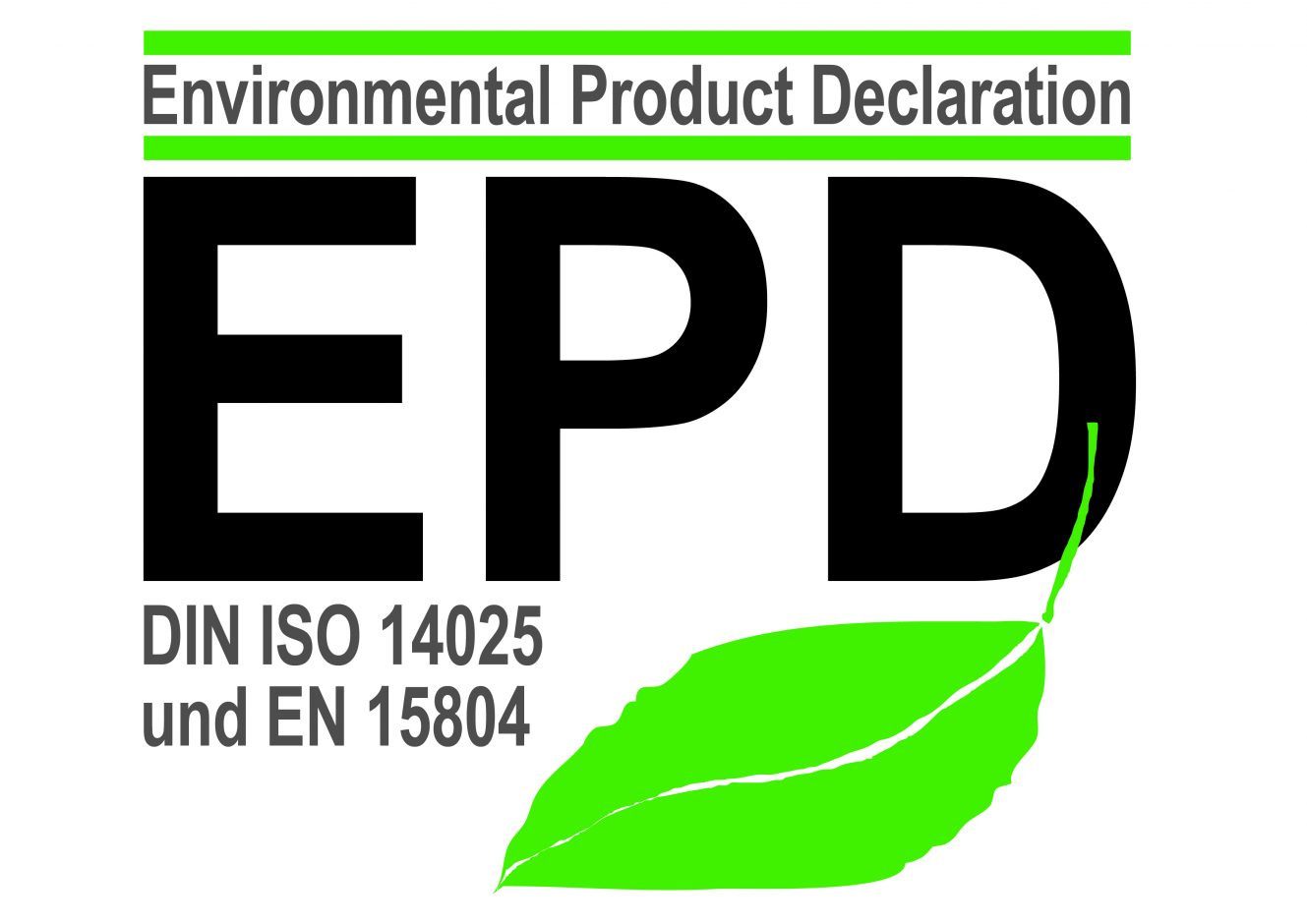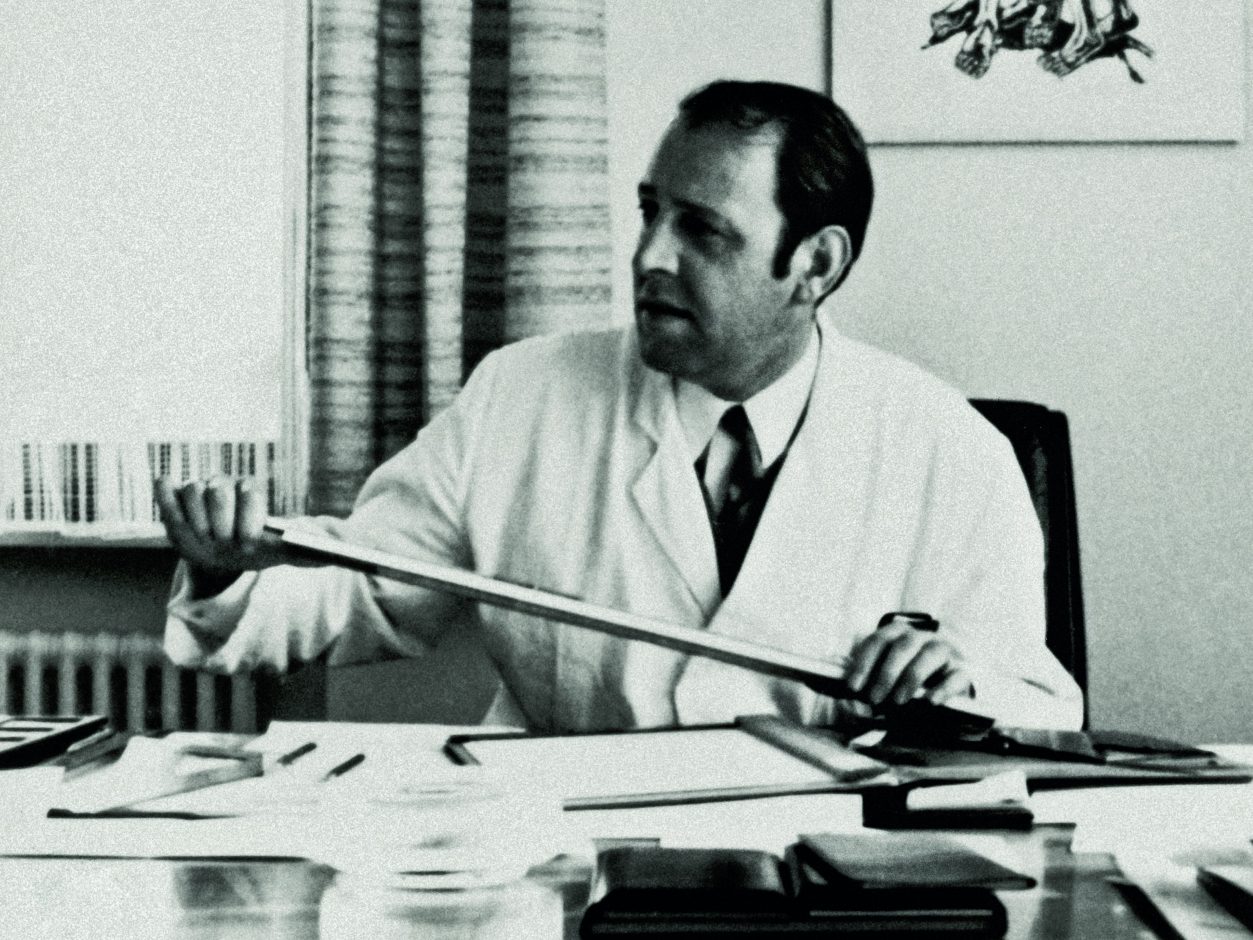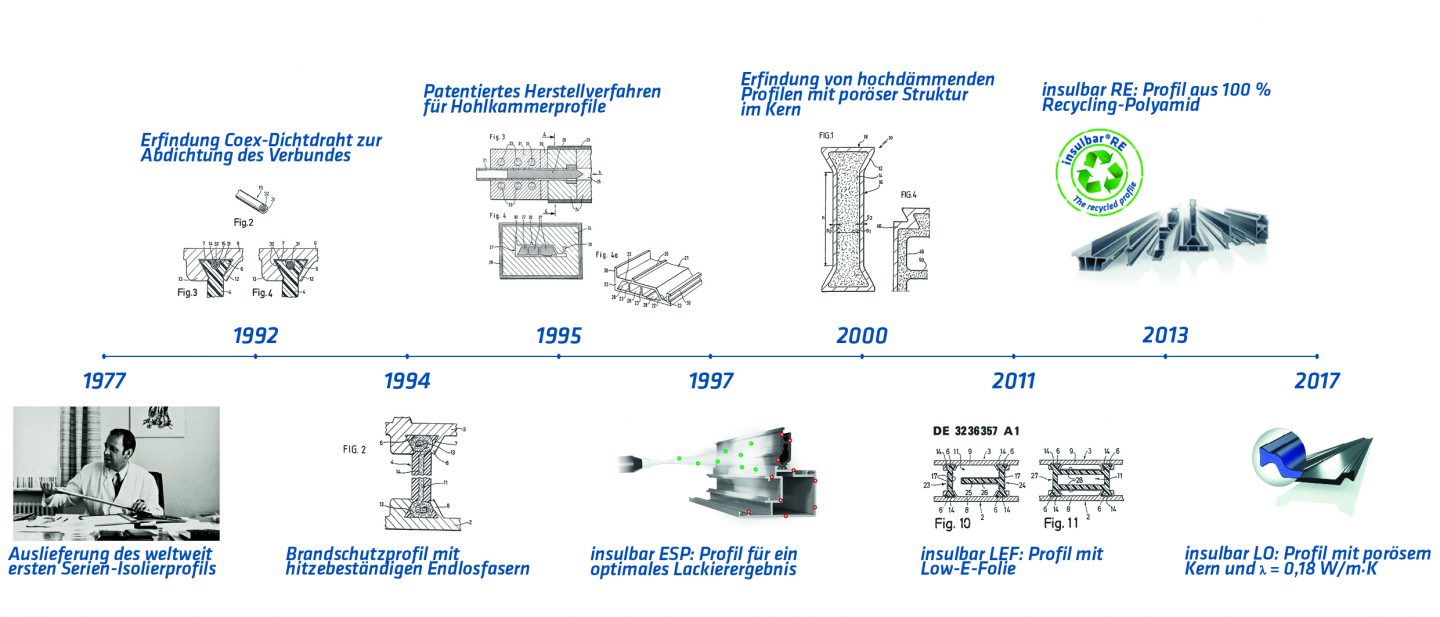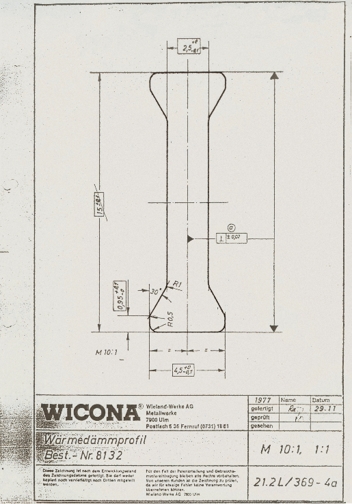Energy is a valuable resource. Consumers are made particularly aware of this when costs rise. The oil crisis of 1973, which saw the price of fossil fuels rise by over 400 percent in just one year, made people realize just how dependent they are on this valuable resource. The greatest potential for more efficiency was to be found in the building sector. Even today, this field accounts for around one third of the world’s energy consumption and carbon emissions, according the UNEP Global Status Report 2016. The potential for savings? Over 60 percent.
“Of course things looked very different in the 1970s,” recalls Wilfried Ensinger. “Although the number of new materials for building insulation rocketed, the take-up of these materials was slow. The metal frames of windows, doors and façades were particular culprits when it came to wasting energy. This situation had to change.” The manufacturers of these aluminium systems recognized the signs of the times and looked for ways of increasing the energy efficiency of their products. Plastics partner Ensinger took on the role of development partner.
Thermal separation
“Aluminium is a great construction material: Lightweight, stable, corrosion-proof and recyclable,” says Ensinger in praise of the material. But at 160 W/mK, its thermal conduction capacity is extremely high. An insulating bar made of special plastic which creates a thermal barrier needs to be used to connect the outer and inner shell of the window frame. “For this to work, the profile needs to be precisely processed, and it needs to be stable and durable. Because the bigger the glazed surface, the more weight and wind load the frame has to reliably and securely bear, both in hot and cold conditions, over more than 40 years of service.”
Initial attempts to find ways of improving thermal separation were already being made even then: Some used a polyurethane foam filling for the frame, some opted for long fabric strips hardened with epoxy resin, while others used short pieces of polyamide or polyester. But system manufacturers encountered major problems with the plastic solutions: By the time the component went for anodizing or stove enamelling the elements had become deformed or no longer sat perfectly. The state-of-the-art solutions at the time were too fault-prone, complex, time-consuming and expensive.
Precision plastics
Why would the market trust a newcomer, the company Ensinger founded as recently as 1966, to come up with a better solution? “The method we used had a key role to play. It was due to this method that I took the step of starting my own business: We were the only provider capable of supplying glass fibre reinforced plastic products to the required degree of precision,” recalls the company founder. “The tolerances allowed by DIN were around +/- 0.2 mm. But for this type of application, it simply wasn’t enough. We supplied to a tolerance of +/-0.02 mm – in the form of a ready extruded web instead of a machined article. And word got around.”
When the system supplier Wicona approached Ensinger with its requirements, they opted to use the glass fibre reinforced polyamide 66. The coefficient of thermal expansion of this material ideally matched that of aluminium. This minimized the stresses occurring with changes of temperature and it was possible to coat the aluminium-plastic assembly using heat treatment at up to 200° C. Working in cooperation with BASF, the resistance of the material and its compatibility with almost 70 different substances and processes which commonly occur in the construction of windows were tested.
First series profile with bite
To ensure that the plastic profile sits permanently with the necessary stability, Ensinger suggested that alongside friction locking, positive locking should also be provided: This could be achieved by ensuring that the aluminium guide was locked into the insulating bar by toothing in the longitudinal direction after being threaded in – and today’s knurling and rolling process was born. Together with the ift Rosenheim and the Federal Institute for Materials Research and Testing, the new type of assembly was extensively tested, both using good, very precisely processed aluminium profiles, and others which were not so good. The stability achieved was compelling.
As the basis for standardization, the frame assemblies were subjected to exhaustive mechanical and temperature testing, and the shear strength and cross tension behaviour were examined. The test results were then published in trade journals. “This gave us and our customers the necessary degree of certainty and enabled our entry into the marketplace,” recalls Ensinger. The insulating profile went into series production in 1977. Since then, it has undergone continuous further development (see Milestones) and marketed worldwide under the brand name of insulbar.
Leveraging efficiency potential
The insulating profile significantly reduces the thermal transmission coefficient of the metal frame (Uf). As the proportion of the frame at the surface of the window recess is generally between 10 and 60 percent, this has a correspondingly high influence on the thermal transmission value of the window (UW). Thanks to excellent thermal separation, it is even possible to comply with the stringent requirements of the Passive House Standard with a UW below 0.8 W/m2K.
“The requirements imposed on our products are extremely variable,” says Wilfried Ensinger. “We provide this level of individuality as standard.” The ever more stringent demands in terms of fire protection and sustainability were the first issues addressed by the company: This resulted in flame-retardant, non-melting thermal insulating bars for fire protection systems. In addition, Ensinger also facilitates building certification in line with today’s most stringent sustainability standards with the “Cradle to Cradle Material Health” Certificate for its regular insulating bars and the EPD for its insulbar RE made of type-pure recycled polyamide.
Extended benefit
The trend towards ever larger and therefore heavier glazing elements means that increased importance is attached to the metal frame assembly. Ensinger believes that alongside aesthetics and static stability, functionality is also set to play an ever more important role. This would mean that dazzle protection, security, lighting or operating elements could soon become a constituent element of any frame system. Does he think that the demand for thermal insulation will continue to grow? “Definitely,” says Wilfried Ensinger without hesitation. “The regulatory demands may be more or less pronounced. But the real requirement is being driven by environmental awareness in the population. And that’s growing the world over.”
For more information, go to the website: www.insulbar.de
***
Wilfried Ensinger: A portrait
When high temperature-resistant polymers were introduced in the 1960s, the German engineer Wilfried Ensinger recognized an opportunity and acted on it: In 1966, the 30-year old started his own business. He used his garage to further develop what was then still a crude process for the manufacture of carbon and glass fibre reinforced thermoplastics.
Using the new materials and processes, it was possible to extrude complex components – with precisely definable properties and to a stringent standard of precision. Working in close cooperation with users in industry and with raw material manufacturers, Ensinger continuously extended his portfolio of technical plastics, processing techniques and product solutions. With over 2300 employees, today Ensinger leads the international field as a partner for high-performance plastics.


